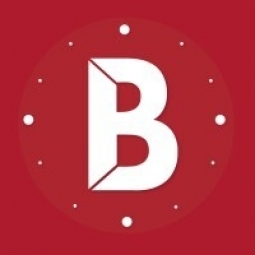Applicable Industries
- Food & Beverage
Use Cases
- Personnel Tracking & Monitoring
- Time Sensitive Networking
About The Customer
Firehouse Pizza is a popular pizza chain based in Dublin, Ireland. Founded in 2009 by Paul Morris and Stephen O’Brien, active Firefighter and Paramedic with Dublin Fire Brigade, the brand is known for its unique and innovative approach to pizza. They use fresh, high-quality ingredients to create a variety of pizzas, including industry-firsts like gluten-free dough and vegan alternatives. The company has a strong commitment to evolving and growing, welcoming new talent into their team to share their distinct way of life with more people every day. The Operations Manager, Wanda Okibede, plays a crucial role in managing the staff and operations of the business.
The Challenge
Firehouse Pizza, a popular pizza chain in Dublin, Ireland, was facing significant operational challenges. The Operations Manager, Wanda Okibede, was initially using Excel to manage staffing, which seemed like the easiest option at the time. However, the team was struggling with accurately and consistently getting rosters out to staff. This lack of efficient scheduling was impacting the productivity of the team and their ability to plan for social activities outside of work. Additionally, the company had a lack of insight into their forecast management. They only had a rough estimate of their expenditure on labour costs, which was negatively impacting the revenue of the business. The need for a more efficient and accurate system for managing staff schedules and monitoring labour costs was evident.
The Solution
Firehouse Pizza turned to Bizimply, a workforce management solution, to address their operational challenges. The entire Firehouse crew found Bizimply to be a significant improvement over their previous system. The team became more engaged and efficient, receiving their schedules quicker, which allowed them to plan for social activities outside of work. One of the most appreciated features was the Time station app, which enabled staff to clock in and out, record break times, and maintain accurate records of hours worked. This feature provided Wanda with the ability to monitor staff labour costs, identify peak shift times, and devise strategies to effectively reduce labour costs. As a result, the company was able to plan for demand, reducing their labour costs by 15%. Furthermore, Bizimply streamlined the process of completing the rota, reducing the time spent on this task from hours to minutes. The system also provided clarity and certainty to the staff regarding their wages.
Operational Impact
Quantitative Benefit

Case Study missing?
Start adding your own!
Register with your work email and create a new case study profile for your business.
Related Case Studies.

Case Study
The Kellogg Company
Kellogg keeps a close eye on its trade spend, analyzing large volumes of data and running complex simulations to predict which promotional activities will be the most effective. Kellogg needed to decrease the trade spend but its traditional relational database on premises could not keep up with the pace of demand.
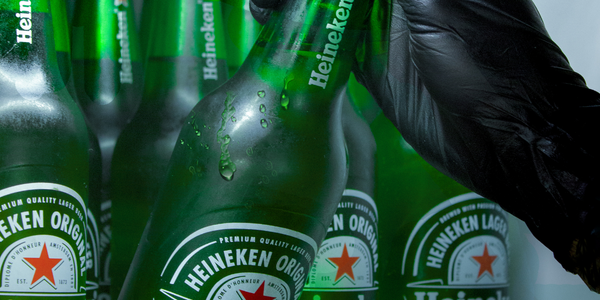
Case Study
HEINEKEN Uses the Cloud to Reach 10.5 Million Consumers
For 2012 campaign, the Bond promotion, it planned to launch the campaign at the same time everywhere on the planet. That created unprecedented challenges for HEINEKEN—nowhere more so than in its technology operation. The primary digital content for the campaign was a 100-megabyte movie that had to play flawlessly for millions of viewers worldwide. After all, Bond never fails. No one was going to tolerate a technology failure that might bruise his brand.Previously, HEINEKEN had supported digital media at its outsourced datacenter. But that datacenter lacked the computing resources HEINEKEN needed, and building them—especially to support peak traffic that would total millions of simultaneous hits—would have been both time-consuming and expensive. Nor would it have provided the geographic reach that HEINEKEN needed to minimize latency worldwide.
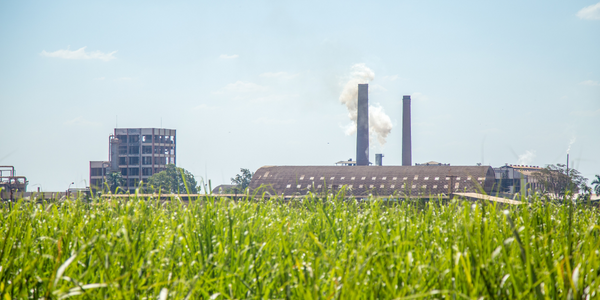
Case Study
Energy Management System at Sugar Industry
The company wanted to use the information from the system to claim under the renewable energy certificate scheme. The benefit to the company under the renewable energy certificates is Rs 75 million a year. To enable the above, an end-to-end solution for load monitoring, consumption monitoring, online data monitoring, automatic meter data acquisition which can be exported to SAP and other applications is required.
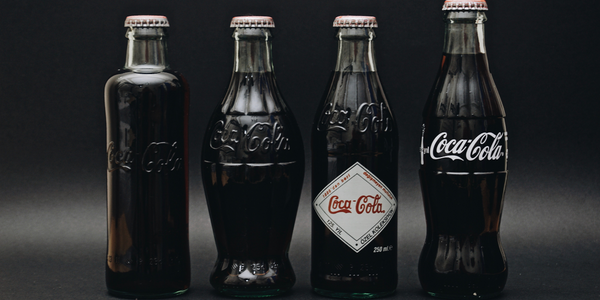
Case Study
Coca Cola Swaziland Conco Case Study
Coco Cola Swaziland, South Africa would like to find a solution that would enable the following results: - Reduce energy consumption by 20% in one year. - Formulate a series of strategic initiatives that would enlist the commitment of corporate management and create employee awareness while helping meet departmental targets and investing in tools that assist with energy management. - Formulate a series of tactical initiatives that would optimize energy usage on the shop floor. These would include charging forklifts and running cold rooms only during off-peak periods, running the dust extractors only during working hours and basing lights and air-conditioning on someone’s presence. - Increase visibility into the factory and other processes. - Enable limited, non-intrusive control functions for certain processes.
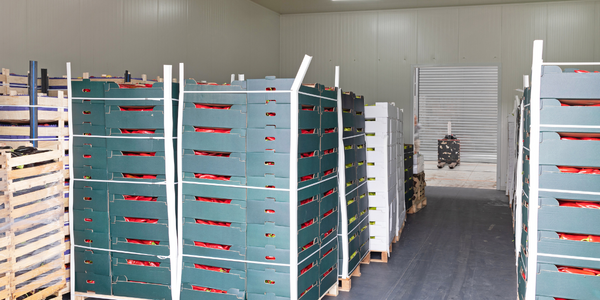
Case Study
Temperature Monitoring for Restaurant Food Storage
When it came to implementing a solution, Mr. Nesbitt had an idea of what functionality that he wanted. Although not mandated by Health Canada, Mr. Nesbitt wanted to ensure quality control issues met the highest possible standards as part of his commitment to top-of-class food services. This wish list included an easy-to use temperature-monitoring system that could provide a visible display of the temperatures of all of his refrigerators and freezers, including historical information so that he could review the performance of his equipment. It also had to provide alert notification (but email alerts and SMS text message alerts) to alert key staff in the event that a cooling system was exceeding pre-set warning limits.
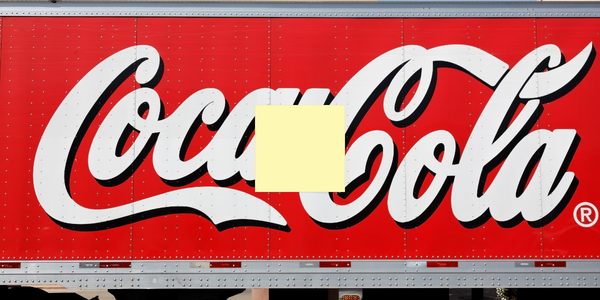
Case Study
Coca-Cola Refreshments, U.S.
Coca-Cola Refreshments owns and manages Coca-Cola branded refrigerators in retail establishments. Legacy systems were used to locate equipment information by logging onto multiple servers which took up to 8 hours to update information on 30-40 units. The company had no overall visibility into equipment status or maintenance history.




